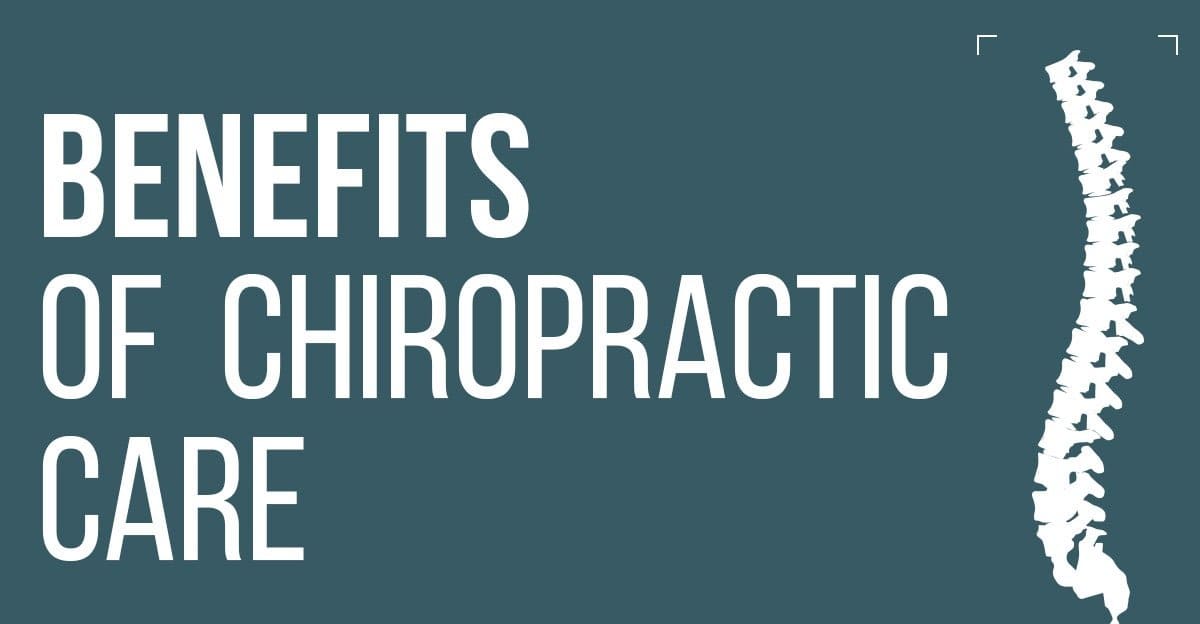New York Dynamic Neuromuscular Rehabilitation & Physical Therapy

The concept that knots in muscle tissue contribute today, there is still no concrete proof that muscle tissue knots cause pain, or that they exist in the first place. What Causes Soft Tissue Sore Spots? Aside from the myofascial trigger point theory, another possibility that exists in relation tologist John Quintner in 1994. What causes […]
Read More
What Is The Myofascial Trigger Point? The term “myofascial” comes from “myo”, which is the Greek word for muscle tissue, and “fascia” which is also Greek and refers to tightened knots in a muscle, can emerge because of the trauma or strain. These areas cause discomfort and reduce general muscle mobility. Even though it’s not […]
Read More
Chronic neck pain can be overwhelming and debilitating. According tors state that 7 out of 10 people will experience uncomfortable neck pain in their lifetime. While many cases will be resolved easily, others may become chronic and worsen over time. What Is Neck Pain? The neck is also referred top of the shoulders. Some common […]
Read More
The medical term cervicogenic headache refers to be caused by problems in the muscles or bones in the neck, including issues with the joints, ligaments, muscles and other soft tissues. The original issue in the neck may be the result of trauma or it is associated with people who have poor posture or keep their […]
Read More
Dorsalgia is a generalized clinical term used by doctors to describe back pain, regardless of its location or cause. It comes from the Latin root words: “dorsum,” meaning back, and “algia,” meaning pain. Despite its widespread prevalence, back pain is often described as “non-specific” due to the frequent absence of any identifiable mechanical issues. Learn […]
Read More

If you are one of the millions of adults that suffer from plantar fasciitis, then you may be well familiar with its debilitating sympto the orthopedic specialist’s office. Factors in developing plantar fasciitis What is truly the cause of this condition? It comes down to reducing the syndrome’s intensity, perhaps even curing it in certain […]
Read More